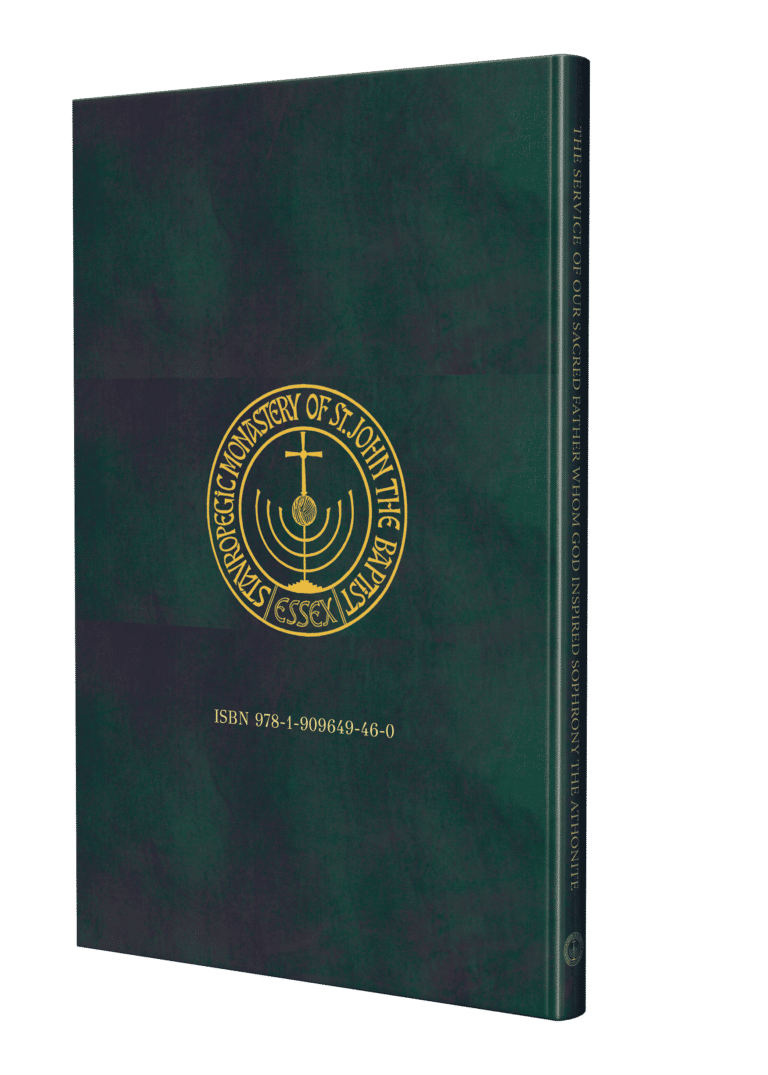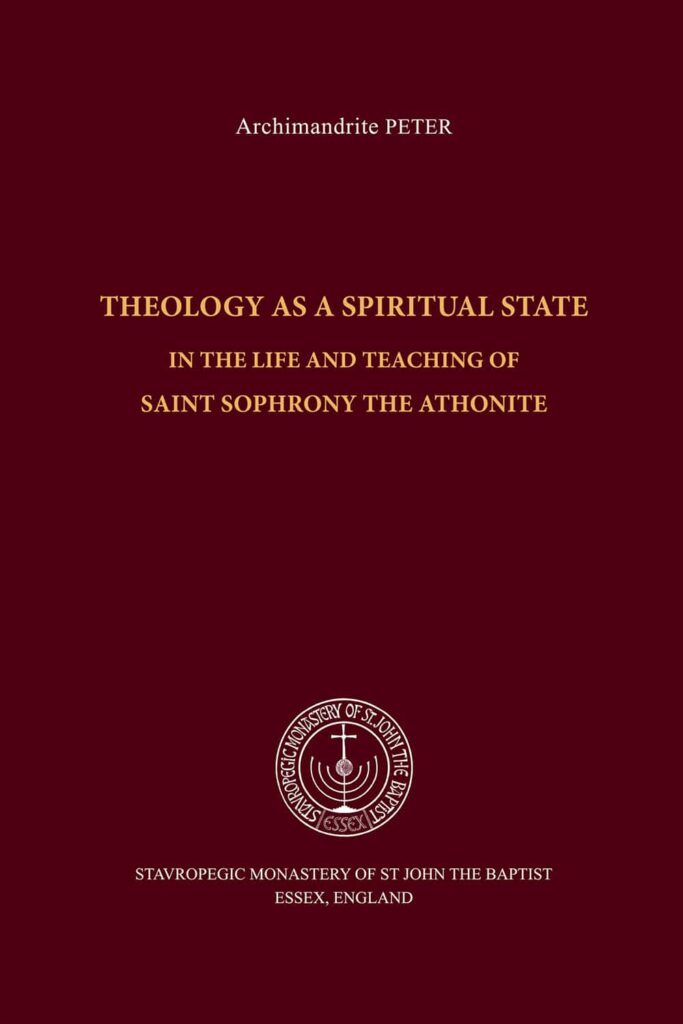
The Service of Saint Sophrony the Athonite
$24.00
Publishing the first edition of the Service of Saint Sophrony with the approval and blessing of His All-Holiness Ecumenical Patriarch Bartholomew, we hope that it will help us draw near to our saints, so that we may be edified by their word and so that their intercession may continue to minister that which Elder Sophrony, wise in God, considered the greatest miracle in all the created world: the union of the heart of man with the eternal Spirit of God.
In stock
In stock
Secure Payments
Shipping Worldwide
Free Icon Cards with every Order
Packaged with Care
Written originally in Greek by the reverend Nun Syncletica of the Holy Monastery of St John the Baptist, Karea, Attica, in 2013, to which were added in 2020 another Apolytikion and a Kondakion, works of the reverend Hieromonk Athanasios of Simonopetra, Hymnographer of the Holy and Great Church of Christ. Now translated into English by members of our Community of Saint John the Baptist, Essex.
CONTENTS
Foreword
Patriarchal and Synodical Act of Glorification of the Ecumenical Patriarchate
Sacred Letter of His All-Holiness Ecumenical Patriarch Bartholomew
Vespers
Matins
Divine Liturgy
You must be Signed in to post a review.
Book Sample
In stock














Fr. Timothy Curren (verified owner) –
A wonderful resource for honoring the memory of this great saint of the 20th century. I’m very grateful for this publication, however it is a pity that the English translation of the hymns are not metered to the melodies of the Greek original, it would make it much more handy for liturgical use. Also I would have appreciated the inclusion of the Paraklesis and Akathist contained in the Greek version.